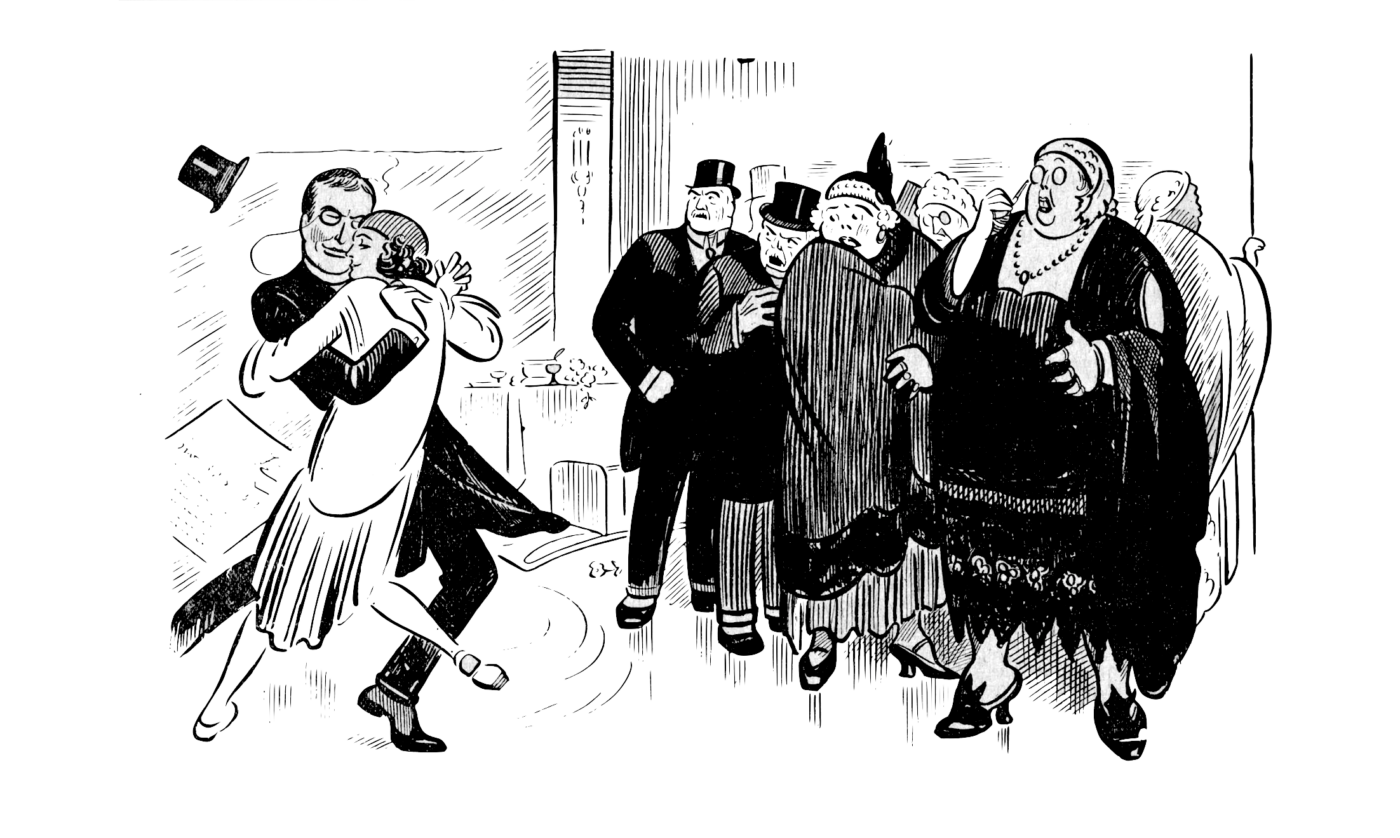
The Liberator, 1922

The Liberator, 1922
There are many consequences to the fact that an extremely high percentage of the American media lives in New York. The limitations of this situation become particularly apparent during, say, California wildfire season, or when anything else happens in any other part of the country. Meanwhile, faraway readers of our hometown national newspaper are treated to in-depth analyses of the subtle social hierarchies being hashed out in what amounts to a single intersection on the Lower East Side.
It’s no secret that the ability to live — and socialize — in New York City makes and breaks careers, catapulting a book to fame or condemning it to obscurity. Now as ever, an awareness of the convoluted web of relationships within the publishing world is required to decode the pages of today’s leading magazines, the New York social scene being the major intertext for so many pieces of criticism. The bad book will never be panned by a mainstream publication because its author, A, is simply too scary. B’s negative review of C’s novel is cut because his editor runs into C at weddings from time to time, and C is just so nice. D’s magazine will never attack E’s book, because they dated the same person and are trying to keep things amicable. F decides to short the market by publishing a takedown of G, and wins big: turns out everyone hated G all along. H’s professional jealousy of I is thinly veiled in a flimsy critique of her politics. It’s shocking, really, that J let that review of K’s book run! Weren’t they roommates? Well, they used to be. For those on the outside, all this lurks unseen in the background; for those in the know, the subtext is obvious, and the books themselves are often much less interesting than the psychosocial drama that surrounds them.
Perhaps nothing holds as much sway over the in-crowd’s imagination as past parties. Talk to literary New Yorkers of a certain age, and they’ll stare wistfully into the distance as they regale you with stories from an earlier era of publishing: such-and-such magazine’s parties were legendary, they were so cool, they served beer and took place, in one apparently unforgettable instance, in a high school gym. A young observer at the time described the same magazine’s parties as “where old guys who never got laid in high school finally have their pick of the fine young crop.” This is not the magazine whose editor — a “Party Boy,” per the newspaper of record in 2011; a “shitty man” for posterity — had to step down for embodying the lit world’s midcentury nostalgia a little too well.
Our former president has been endlessly mocked for tweeting in 2014 that yet another magazine’s Oscar party was “no longer ‘hot,’’ but the media took the same tack when a new editor got the top job in 2019: “It Was the Hottest Oscar Night Party. What Happened?” asked the paper of record, five years behind as always. Elsewhere online, a writer insists that her positive assessments of the possibly pedophilic (but at the very least misogynistic and creepy) filmmaker are trustworthy because though they are sort of friends, she “was never invited to his famous Xmas & New Year’s parties.” It’s almost hard to believe the literary world has managed to carry on through a yearlong abstinence from in-person publishing parties, though some certified rebels graciously gave New York media the opportunity to continue discussing its preferred topic. Perhaps they’re not as selfish as they were initially deemed.
The other focus this winter was the seeming coincidence that in February there appeared not one but two novels about the Internet, which together shaped an entire season of books coverage. While publicizing the duo relentlessly, the literary press tiptoed around them, writing in measured tones and ellipses, refusing to come down too hard one way or another, draw overt comparisons, interrogate what the writers were actually doing, or how successfully they were doing it. (See what we did there?)
Sometimes, people ask us whether The Drift is planning to review the next season’s most anticipated novels, but more often they ask us when we are going to have a Drift party. And, indeed, the primary theme of all of the advice we’ve ever been given has been to have parties — first because they’re an essential fundraising tool, and second because they are the only way to generate hype. Needless to say, this was not an ideal year for a magazine launch party. But all the time inside has been good for crafting the first four issues of a magazine (as of this issue, officially a quarterly) and publishing new voices, many from outside the New York social scene. Of course, we’re also in New York, and we, like everyone else, want to have it both ways — poke fun at the tangle of takes and the interpersonal goo that surrounds them, while participating in it. (To those still wondering when the first Drift party will be, the answer is: soon. Hope you’ll come.)